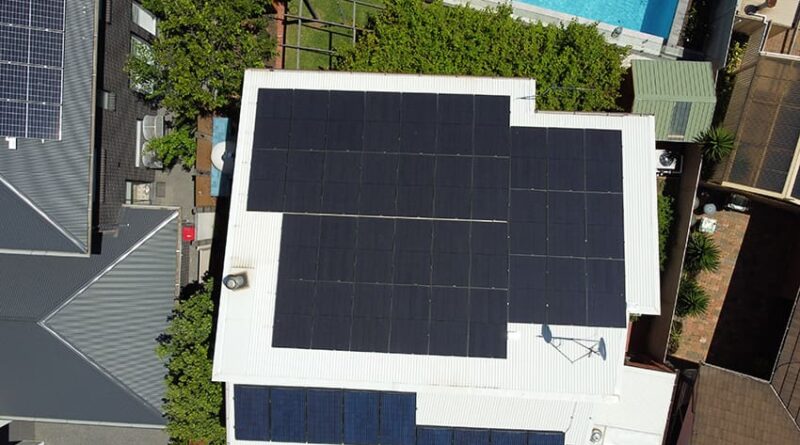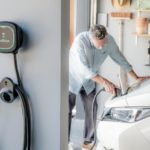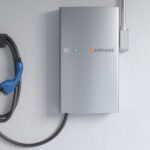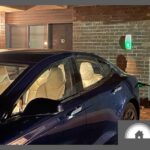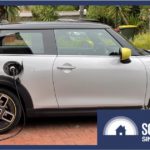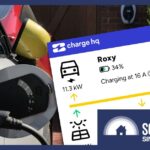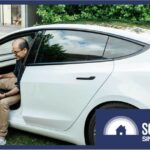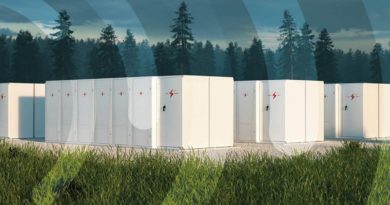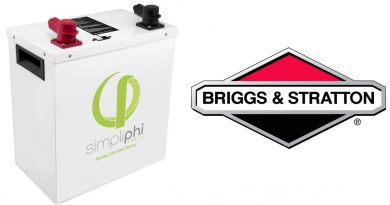Everything You Need To Know Before Buying A Home EV Charger
Most EV charging happens at home – so you need a good home charger. There are so many products with different features and price points. What’s worth buying?
I recently made a video explaining everything you need to know about buying a home EV charger.
If you don’t feel like watching – here’s a summary:
The basics: kilowatts (kW), kilowatt-hours (kWh), AC and DC
Power vs Energy
Power and energy are not the same. If you don’t know the difference, charging an electric car can get mighty confusing.
To keep it simple:
Power (kW): Your car’s charging speed. This can vary from 2 kW with a ‘trickle charger’ up to 22 kW with a three-phase dedicated home EV charger.
Energy (kWh): Your car’s battery capacity. For example, the cheapest Tesla Model 3 stores 57.5 kWh of energy in its battery.
As a rough rule of thumb, every kWh of battery capacity gives you five to six kilometres of range. So a trickle charger adds about ten kilometers of range to your car every hour it’s plugged in.
You use power and energy to calculate the time it would take to charge a battery at a given power rating.
For example, the Model 3’s 57.5 kWh battery, charging at 2 kW, would take 57.5/2 = 29 hours to fully charge.
AC versus DC charging
Home charging uses AC (Alternating current) power1. Public fast charging uses DC (Direct Current) charging.
AC charging is slower than DC charging because it is limited by the car’s internal AC to DC inverter.
A car advertised as having a charging speed of 150 kW DC can only charge at 7 kW AC on a single-phase home charger.
Make sure you have lots of solar
EV charging will significantly add to your home’s energy consumption.
Solar can almost entirely offset this if you have enough on the roof (and charge during the daytime).
This is why I upgraded from 6 kW to 20 kW:
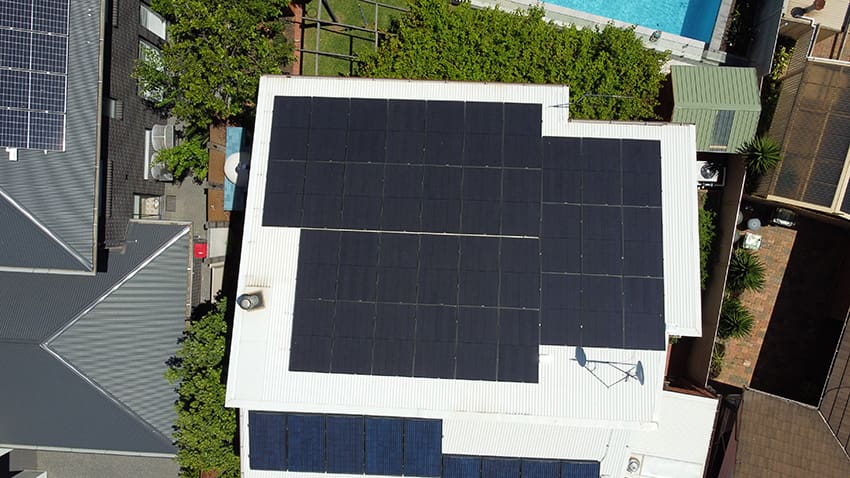
Older 6 kW system facing south, new 14 kW facing north (up).
If you have an EV, it makes sense to have a roof full of solar panels.
Why do you even need a dedicated charger?
Many EVs come with a portable charger that plugs into a regular powerpoint. If your car doesn’t come with one, you can buy one for a few hundred dollars.
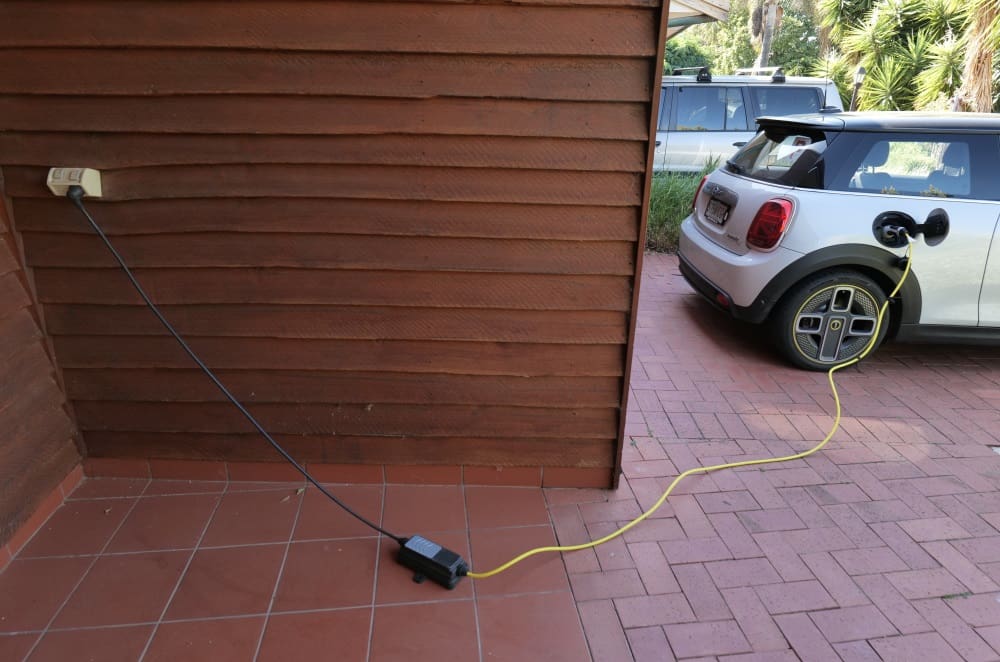
My electric Mini and its portable charger
These ‘trickle chargers’ can happily charge your car – slowly.
So why should you spend more on a dedicated wall charger?
Dedicated wall chargers charge three to ten times faster than trickle chargers, depending on whether your house is single-phase or three-phase and how fast your car can charge from AC power.
That allows overnight charging from flat.
Can’t you use public charging stations if you need to charge fast?
Home charging maxes out at 22 kW AC. Public fast-charging stations can go up to 350 kW DC.
That’s 350 km of range in as little as 10 minutes.
It’s not unheard of for some EV owners to trickle charge at home, and if they need to charge fast, they can go to a nearby public charger.
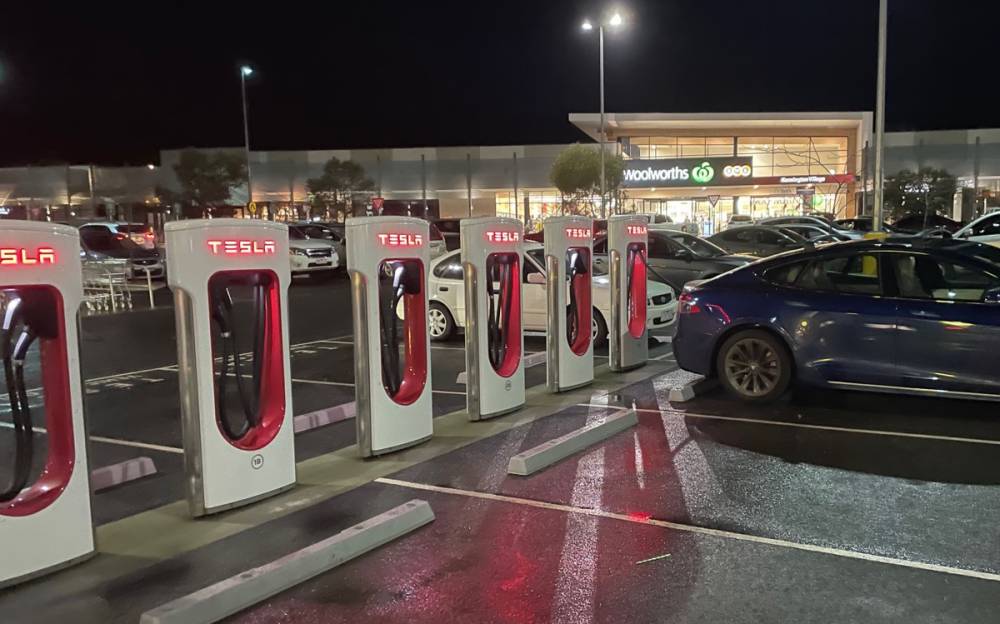
A bank of Tesla superchargers
But fast public chargers can cost 60 cents per kWh or more – double the price of grid electricity.
Relying on public fast-charging stations in place of a home charger is inconvenient and expensive – unless you only need to fast charge once in a blue moon.
Okay – so why not buy a cheap home charger?
While a cheap, ‘dumb’ EV charger will charge your car faster than a trickle charger, it won’t sync with your solar, battery or electricity tariff.
It’ll charge your car at full speed whenever it’s plugged in, even though electricity may be cheaper a few hours later.
This means you’ll pay way more for charging than you need to.
Pricier ‘smart’ chargers can automatically charge from cheap electricity (solar or grid), avoid expensive peak pricing periods, and avoid dumping your home battery’s energy into your EV.
What features should you look for in a ‘smart’ charger?
First and foremost: OCPP compatibility
OCPP stands for Open Charge Point Protocol. It means third-party services can control your charger.
It future-proofs your charger.
One example: Some electricity retailers may offer a cheaper EV charging tariff if they can control your charger via OCPP to avoid charging during wholesale price spikes.
Second: Untethered
Most chargers have both a tethered and untethered option. Tethered ones come with a built-in cable.
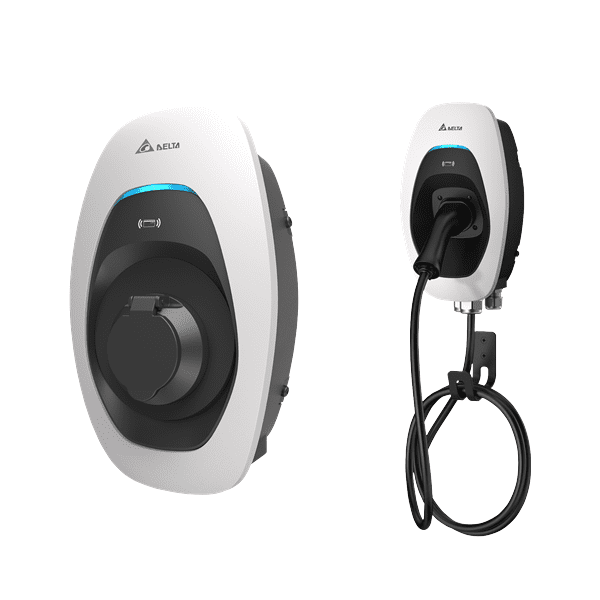
Untethered (left) and tethered (right) variants of the Delta AC MAX
As a result, they cost more, and the longest cable I’ve seen a tethered charger come with is 7.5 meters.
I bought an untethered charger and a ten-meter ‘type 2 to type 2’ cable.
It’s long enough to reach the second car in my driveway no matter which way it’s parked, and saves a lot of car shuffling.
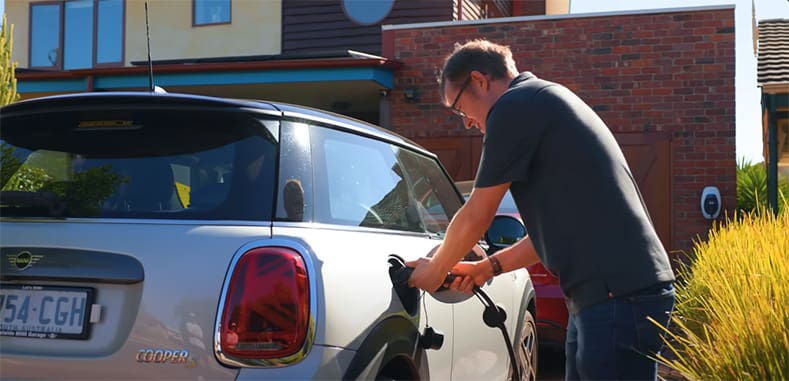
Thanks to my 10m cable, I have no problems charging two EVs in a long driveway.
Third: Solar charging
If your car charges during the daytime, your solar system will offset its usage.
However, if your charger pulls 11 kW and your solar only produces 5 kW, the grid will provide the remaining 6 kW. This is great for fast charging but not so great for your bills.
EV chargers with smart solar charging functionality can be set to only charge your car from excess solar.
Fourth: Three-phase
Single-phase home EV chargers can charge at a maximum of 7 kW, while three-phase chargers can charge at a maximum of 22 kW.
The speed at which your car can charge on three-phase depends on the model. Current Teslas charge at 11 kW on three-phase, but BYDs can only charge at 7 kW AC—even on three-phase.
My advice: get a three-phase charger if your house has three-phase power. It’s only a few hundred bucks more, and even if your current car can’t use the extra charging speed, it future-proofs your home charging.
What will an EV charger cost you?
Good quality, dumb EV chargers can be purchased for about $800.
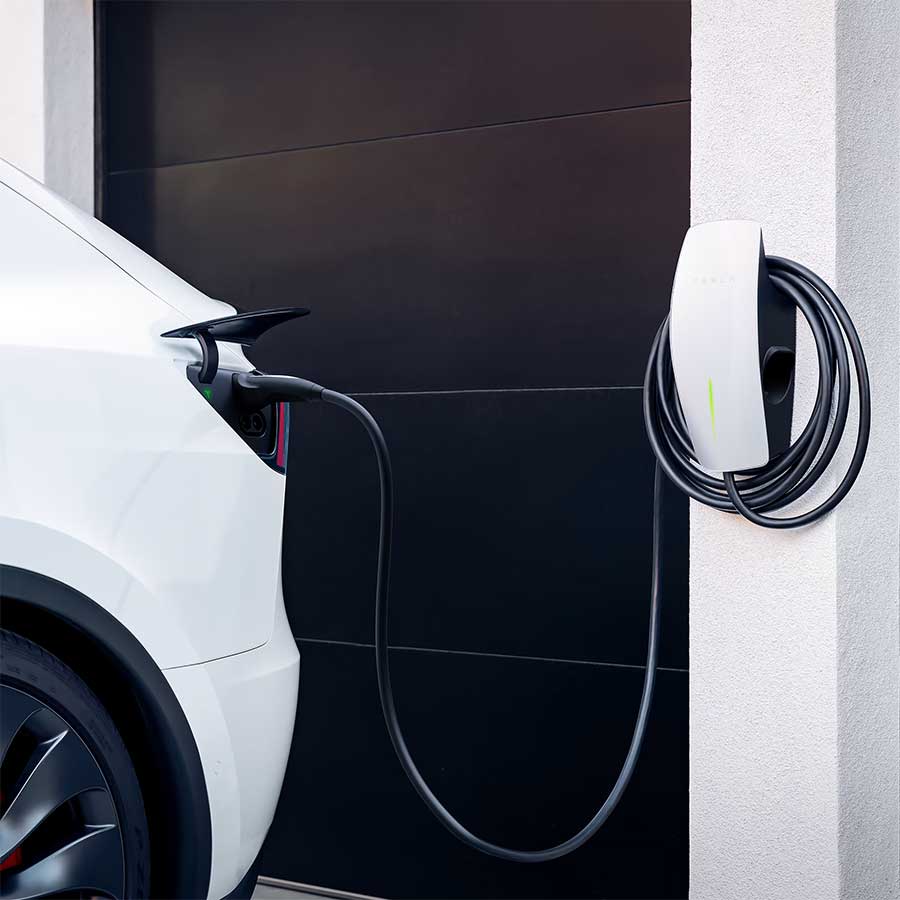
Funnily enough, a Tesla wall connector is a ‘dumb’ charger – but it’s reliable and low-cost (~$800). Although Tesla has told us, it will become smart soon via a software update.
Fully featured ones cost $1500+
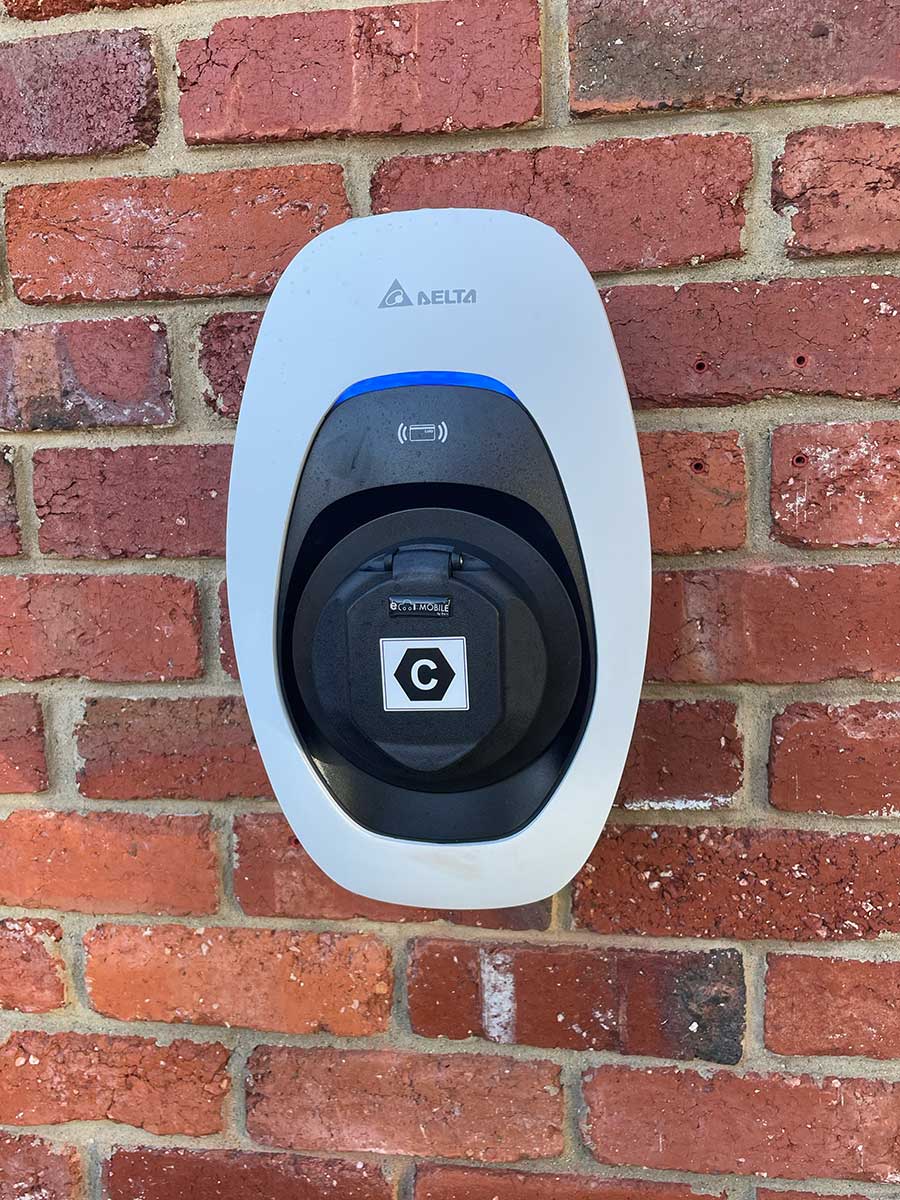
My untethered Delta AC MAX charger (cost $2,000)
My EV charger comparison table shows specs and pricing for all major products available in Australia.
What do chargers cost to install?
This depends on the difficulty of the charger’s installation. Installation costs for a simple single-phase dumb charger right next to a spacious switchboard could be as low as $300.
Costs can climb into the thousands for more complicated installs involving long cable runs and solar/battery integration.
The typical home can expect to pay about $1000 for installation, plus the charger cost.
Home batteries should be for your home, not your EV.
To use the Tesla ecosystem as an example – the Tesla Powerwall battery can store 13.5 kWh. The cheapest Tesla Model 3 has a 57.5 kWh battery.
Home batteries are much smaller than EV batteries. Dumping all of a Powerwall into a Model 3 will only charge it by 24%, leaving you no energy to get your home through the night.
Meanwhile, the typical Aussie home uses 16-30 kWh daily (excluding EV charging).
The 13.5 kWh of Powerwall storage is far more valuable in your home, where it could power close to 100% of your overnight demand.
If your EV charger doesn’t have the smarts to avoid draining a home battery, there’s a simple wiring change your installer can make.
What are some of the best chargers on the market?
I surveyed my network of ~500 installers and asked them 1) what EV chargers they’d buy if money were no object and 2) if they were on a budget and every dollar counted.
The Fronius Wattpilot easily won the ‘money’s no object’ category. But it only makes sense if you already have a Fronius inverter.
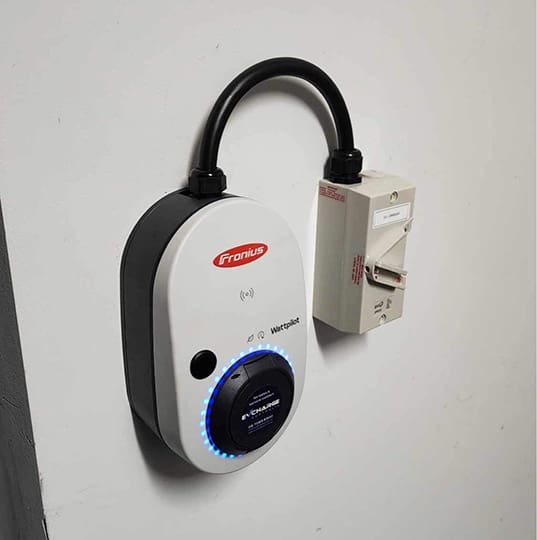
Fronius products have a fantastic reputation.
Tesla’s Wall Connector won the ‘every dollar counts’ category.
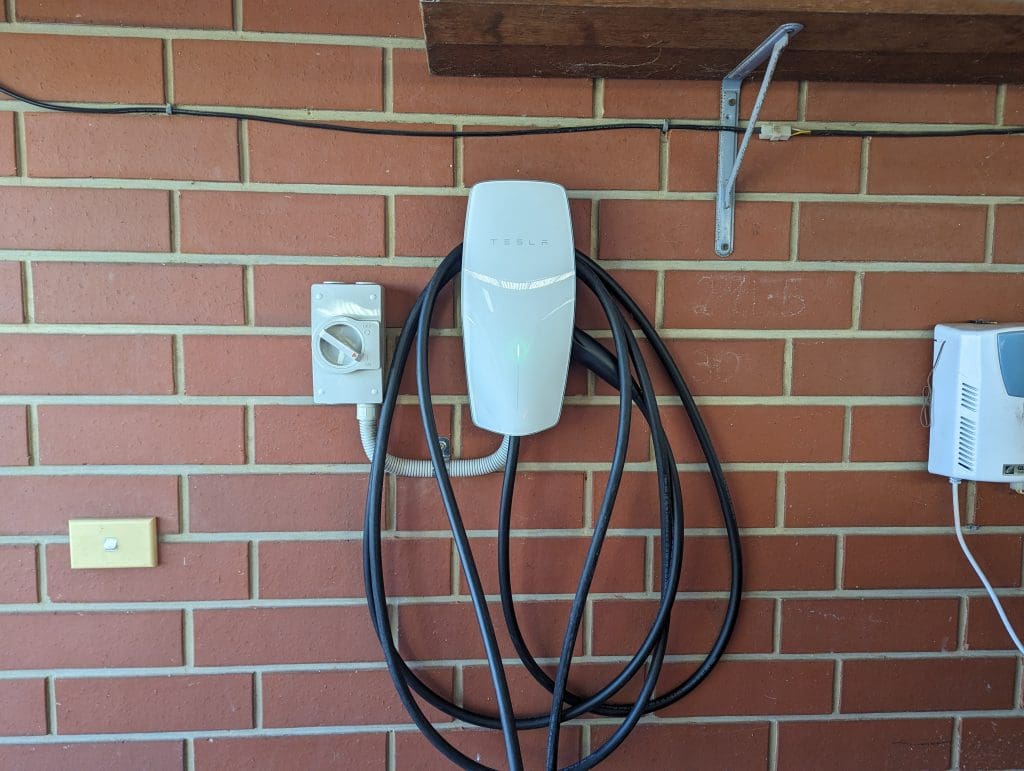
It’s strange, but welcome to see a Tesla product win a budget category.
For brands I recommend – I’ve put together the following chart:
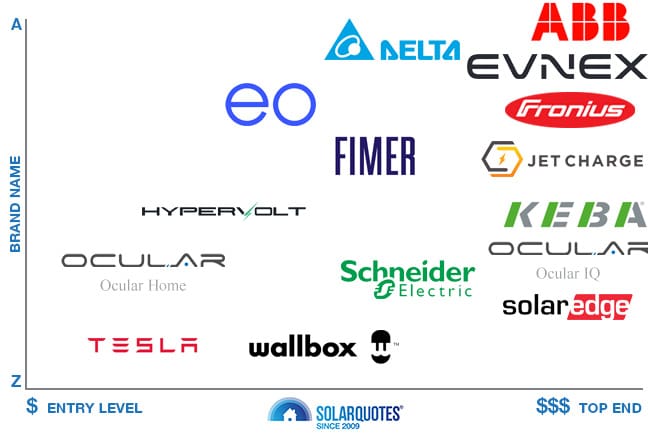
I’d be happy to recommend any of these brands to a friend.
Can your car power your home?
Many EVs allow you to power an appliance from the car’s charging port (known as V2L or Vehicle to Load), but to power your home (V2H, or Vehicle to Home), you need an expensive “bi-directional” charger.
The only bi-directional chargers I know of in Australia are the Wallbox Qasar ($10,000), and the Sigenergy DC EV charger (~$8,000). The only compatible electric car is the Nissan Leaf Gen 2.
This will change, but for now, V2H is rare as hen’s teeth in Australia.
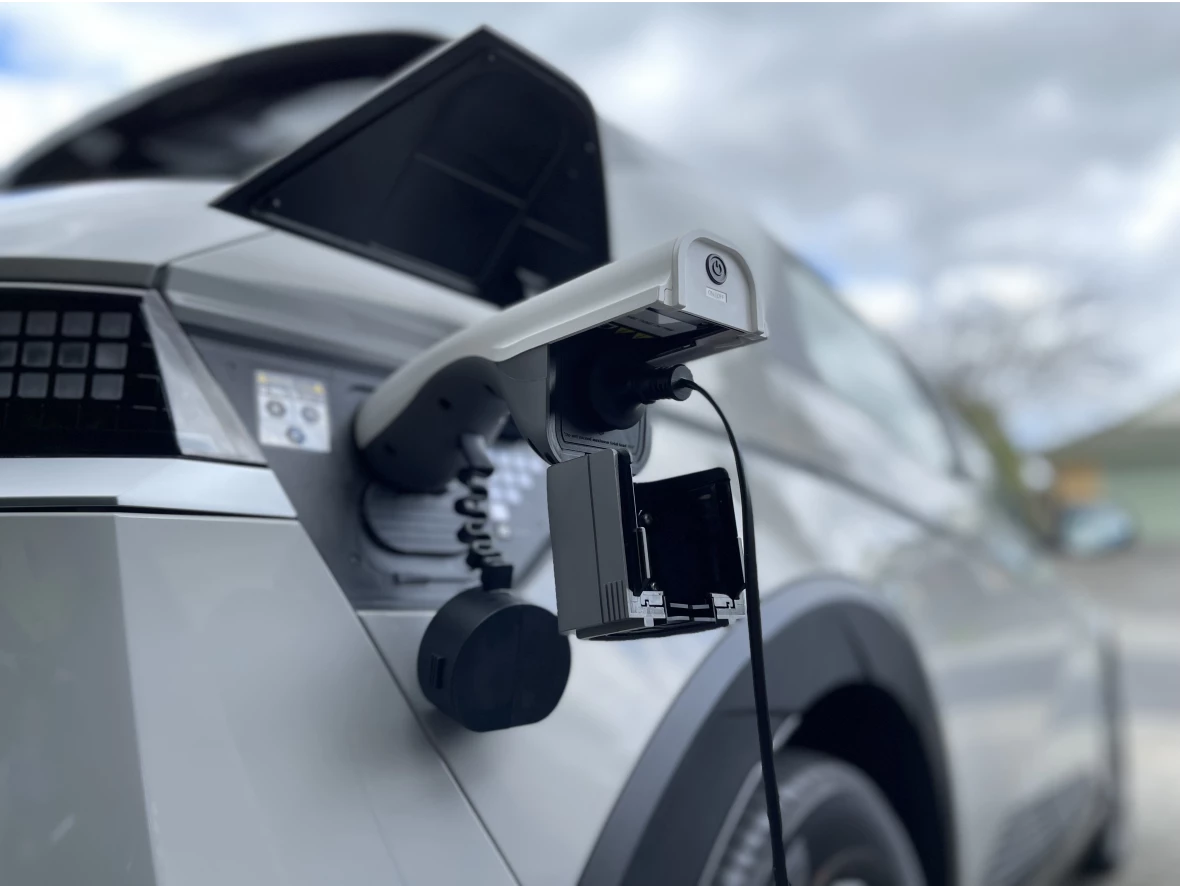
A Hyundai Ioniq 5 with V2L adaptor, giving it regular powerpoint you can plug into. Image credit: Hyundai NZ.
Wrapping up
My advice:
- Get a dedicated smart home charger, and configure it for cheap charging.
- If you can charge during the day (even if only weekends), max out your roof with solar.
- Properly integrate your charger with your home battery.
If you’re looking to get quotes for an EV charger, I’ve got a network of hundreds of expert installers in Australia. Simply fill in my form for up to 3 competitive quotes for EV charging that’s integrated with your solar and battery.
Original Source: https://www.solarquotes.com.au/blog/buying-ev-chargers-2024/

